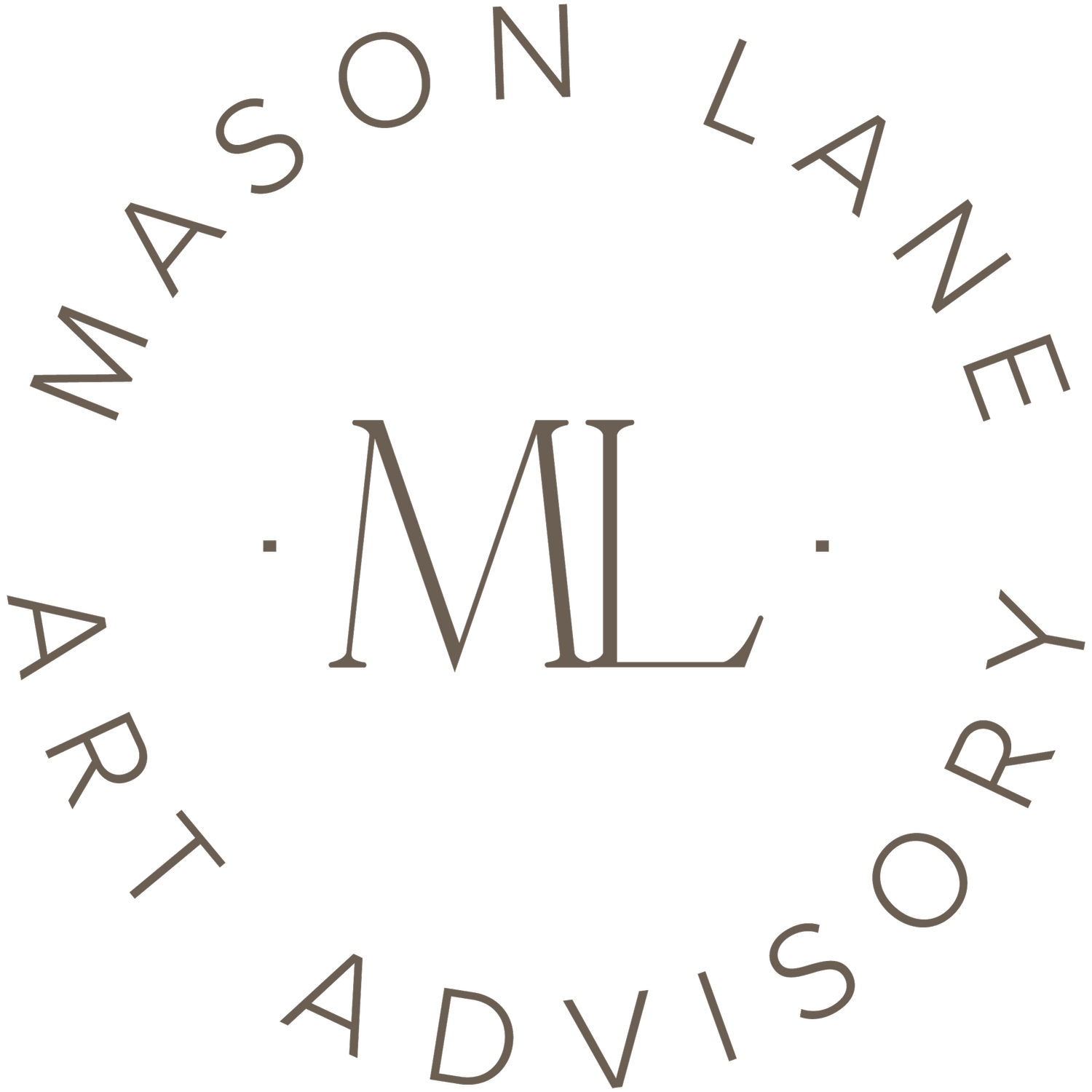How Art Advisors Make Money
The art advisory industry is a niche one. It’s also an industry that will likely grow in the coming years. We expect this growth will be driven by a few factors: First, the gallery model is not always sustainable;
Real estate prices for a commercial space, and the multiple storage climate controlled spaces required by gallery owners to lease, are astronomical. These fixed costs are especially hard to digest when noting that galleries show a fraction of their inventory – maybe 10% - at any given time with the traditional exhibition schedule. Second, the Pandemic turned a lot of people onto the concept of remote working. The idea of being able to pitch art from anywhere, with no ties to a physical space, may sway some gallery owners to close shop and move into private art dealing/advising. Third, entrepreneurship is celebrated and supported in our modern day society. There are so many resources for individuals wanting to carve their own professional path, including those on marketing, finances, networking groups, supporting applications, and more. Working as a solopreneur is not a lonely endeavor, rather, it’s an entry into an entire community of enthusiastic go-getters ready to lift each other up.
The office of our Westhampton Beach family retreat. Left artist: Guillermo Garcia Cruz; Right: Mila Libman.
For this growth to be sustainable, however, advisors need to make money. There is no standard way to do this within the industry. Our fee structure is different from the next advisor. However, here are a few ways art advisors bring in revenue while supporting their clients’ art collecting interests:
1 . Retainers
Some art advisors charge a flat fee per month for a set amount of time that they are servicing a client. During that time, advisors are responsible for identifying artworks for sale from auction, gallery, and private client outlets, along with arranging viewings, researching artworks of interest, condition reporting, and more.
2. Hourly Fees
Hourly fees seem to be dying within the industry because they are annoying for everyone involved, but for some, they are alive and well. One reason they are annoying for the advisor is because there are no clear guidelines on how to handle billing for tasks like going to art fairs on behalf of more than one client, not finding anything at that art fair, inevitable shipping hold ups that are no single person’s fault, and more. Hourlies are also irritating for clients who have no idea what to expect in terms of billing, as sourcing the right piece may take 1 hour or 20, and there is no way to fact check. The hourly prices that do exist completely depend on the geographic market. (The Charleston, South Carolina art advisor’s rate will likely be a fraction that the New York advisor’s rate.)
3. Commissions
Art advisors often take a commission on the sale price of artwork. This can go work in several ways:
Advisors may sell art at retail price and keep whatever trade discount they are able to negotiate from the gallery.
Advisors may negotiate down the retail price for their client, then take a percentage of the retail price as a sale commission. (For example, advisor negotiates the price of a $100 artwork to $80, selling it to the client for $80, then adding his/her 10% of retail, or $10, for a total price of $90).
Advisors may mark up artwork, taking a flat percentage, such as 20%, on top of the retail price. In this example, the advisor sources a $100 piece and sells it to the client for 20% more, or $120. Importantly, the advisor is often able to also negotiate a discount from the gallery. If that discount is 15%, the advisor is buying the art for $85 and selling it for $120, making a larger margin.
Possible commissions on other line items: Some advisors charge commissions on other line items they are managing, such as shipping, framing, and installation.
Importantly, advisors may mix and match any of these to create a payment structure that works for their business and clientele. None of them are right or wrong. As a business, we support complete transparency and share with our clients exactly how we work verbally and in writing at the beginning of a project. As sticklers of quality client service, we also support any prospective client of any art advisor (or other service provider) asking questions to ensure they have a full understanding of how the relationship works financially. This should be an industry with contracts and clarity that supports the success of any relationship.
It is also essential to note that any lasting, solid business, will have more than one revenue channel. For art advisors, that sometimes means putting together exhibitions, leading classes, selling inventory they have purchased for a profit, and more. Again, there is no playbook here, but we love collaborating with and learning from colleagues to lift each other up and share art that we believe in with a broader client base.
Finally, for those interested in learning more about the business of art advisory, we’re excited to launch Art Advisory School. It’s a simple way to learn about our niche.

